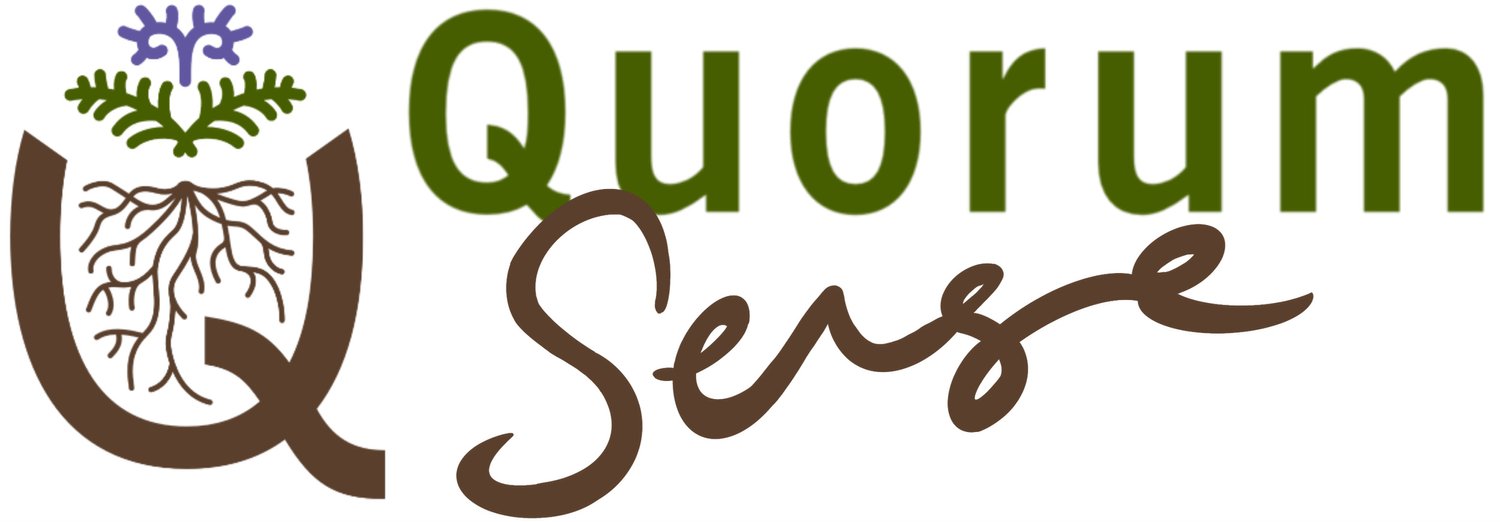What are diverse pastures (and how do I use them)?
Recording of diverse pastures webinar that included a summary of the 'Toolbox' content plus presentations from farmers Rhys Roberts (Align Farms) and Miah Smith
The intention of this ‘What are diverse pastures?’ collection is to describe diverse pastures and their potential benefits as well as to provide you with things to think about when adopting or tweaking the use of them.
A diverse pasture is generally considered to be a pasture with at least 5 species, including multiple grasses, clovers and at least one herb. High diversity pastures in New Zealand may contain 30+ species across the five plant families, with most farmers sowing 10+ perennial species.
Generally, the purpose of diverse pastures is to have a mix of species that balance and optimise total pasture production, timing of growth, animal performance, animal health, soil health, drought/flood resilience, input cost and ecological/environmental goals.
Specific benefits of using diverse pastures
Compared to low diversity pastures, the use of more diverse pastures provide:
improved animal health as a result of more nutritious pastures and healthier soils
equal or higher production, and with fewer inputs
more even pasture growth curves with more consistent quality as different species thrive in different seasons and conditions
opportunity to graze at higher covers
higher feed quality when deferred
more consistent feed quality which means more opportunities to harvest supplement, e.g. opportunity to cut and carry more frequently
better pasture persistence - management is key to diverse pastures improving with age
(Note: Click on any underlined in blue word(s) in the text below to open a definition of that term).
Disclaimer: The information, opinions and ideas presented in this content is for information purposes only and does not constitute professional advice. Any reliance on the content provided is done at your own risk. (click here to view full disclaimer).
Toolbox index
-
Getting started with a regenerative approach to farming
-
Knowing where to start
-
About regenerative agriculture
-
-
Getting to know soil health
-
Soil health
-
Biological nutrient cycling
-
-
Managing your water cycle
-
Farmer experience
-
Exploring diverse crops / pastures
-
What are diverse crops or pastures (and how do I use them?)
-
Selecting, establishing and managing diverse crops and pastures
-
Farmer experience
-
-
Regenerative grazing management
